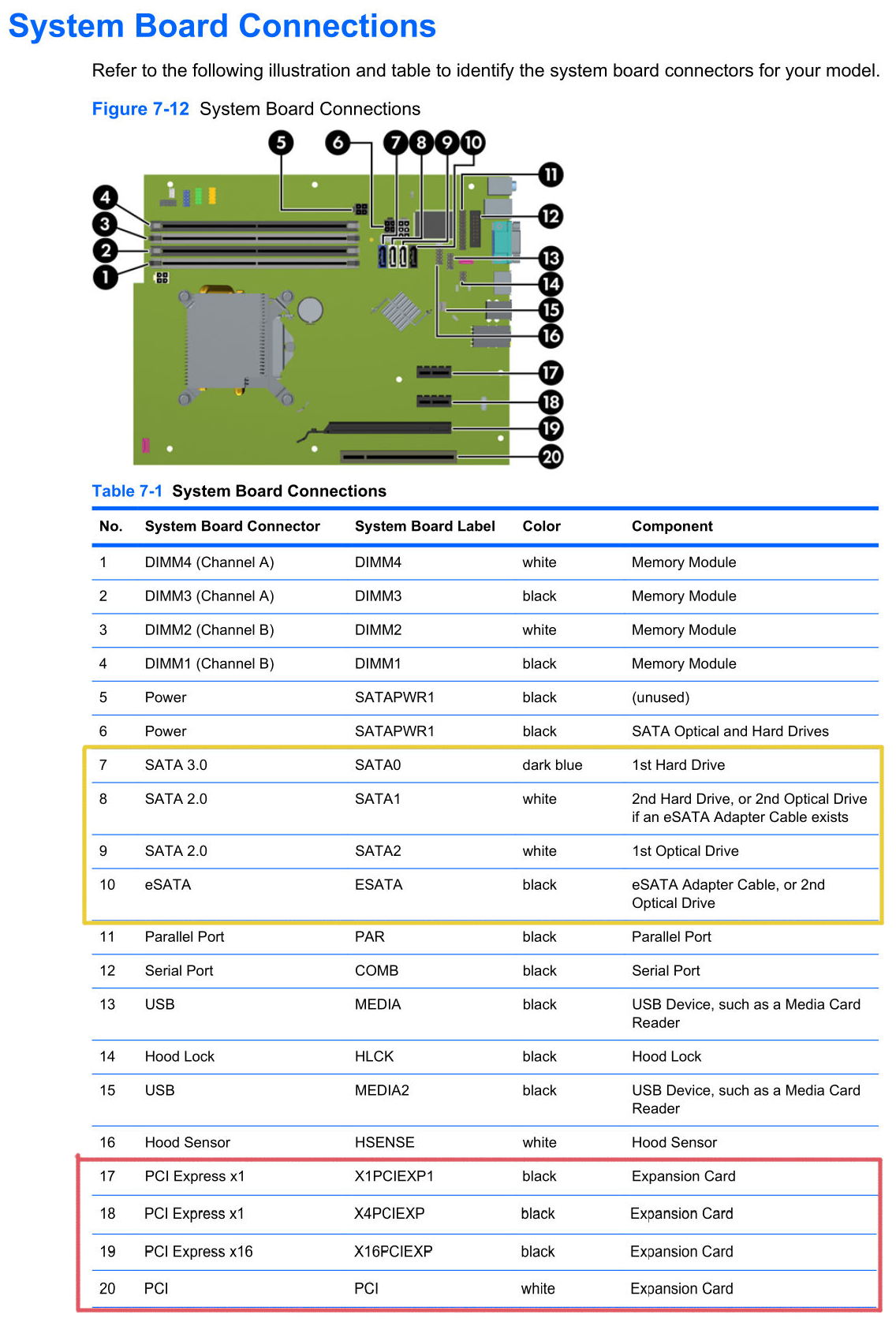

For nonidentical devices you create additional packages prefixed with specific device name. You don’t need to link all packages at once with stow, pass a name of a package to link it alone.uuu
Sooo… I find some way to share the dotfiles directory across devices (rsync, syncthing, git, nextcloud, DAV) then make specific subdirs like this?:
~
- dotfiles
- bash-desktop
dot-bashrc
dot-bash_profile
- bash-laptop
dot-bashrc
dot-profile
dot-bash_profile
But what is the software doing for me? I’m manually moving all these files and putting them together in the specific way requested. Setting the whole thing up is most of the work. Anyone who can write a script to create the structure can just as easily write it to make symlinks. I’m sure I’m missing something here.







someone else can probably give a more comprehensive/correct answer but here is how I understand it. i believe chromium is open source and chrome is mostly chromium but also some proprietary (and therefor unknown) bits are included. whereas firefox is entirely open source, meaning you could compile it yourself and still end up with the same package.